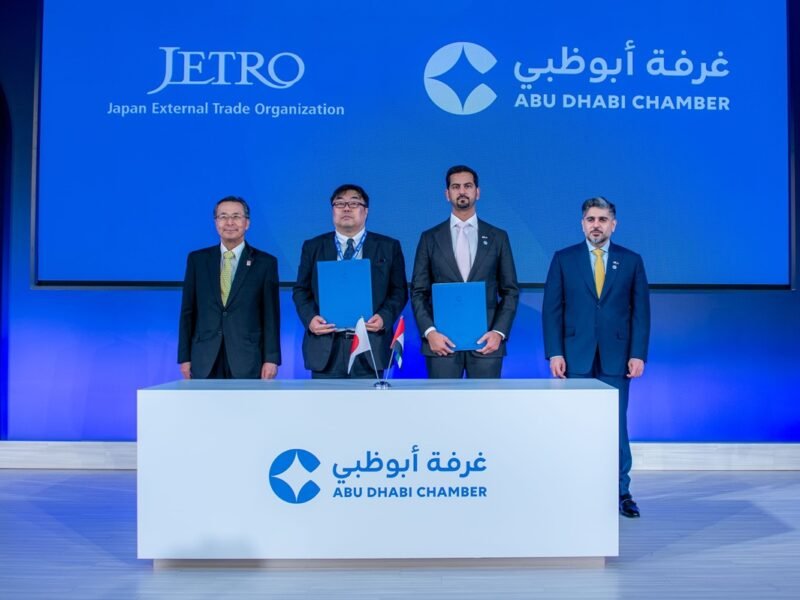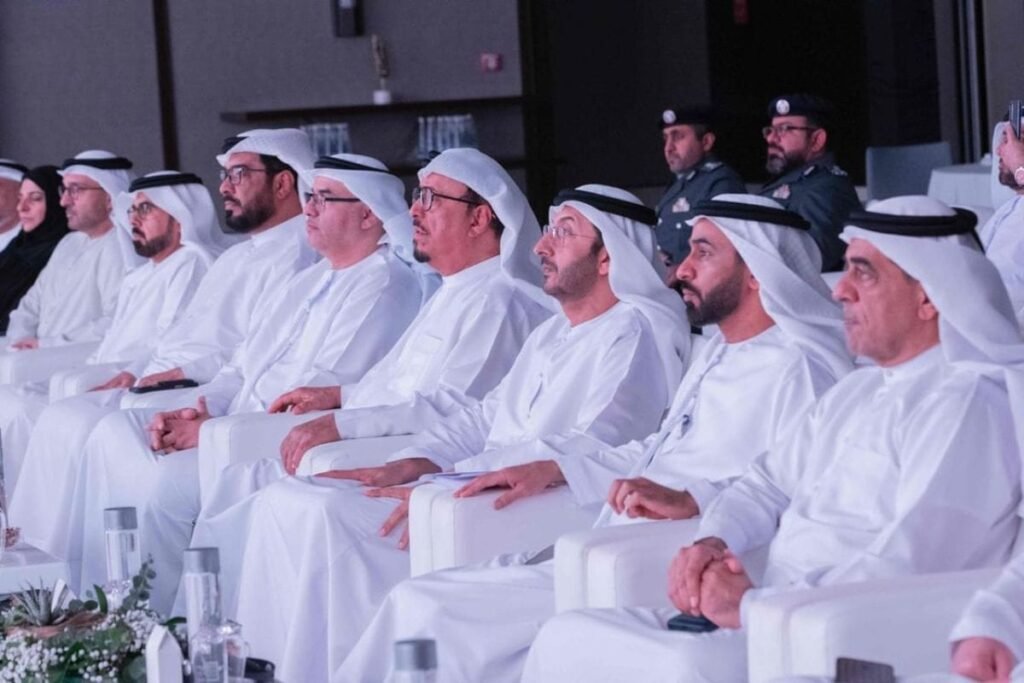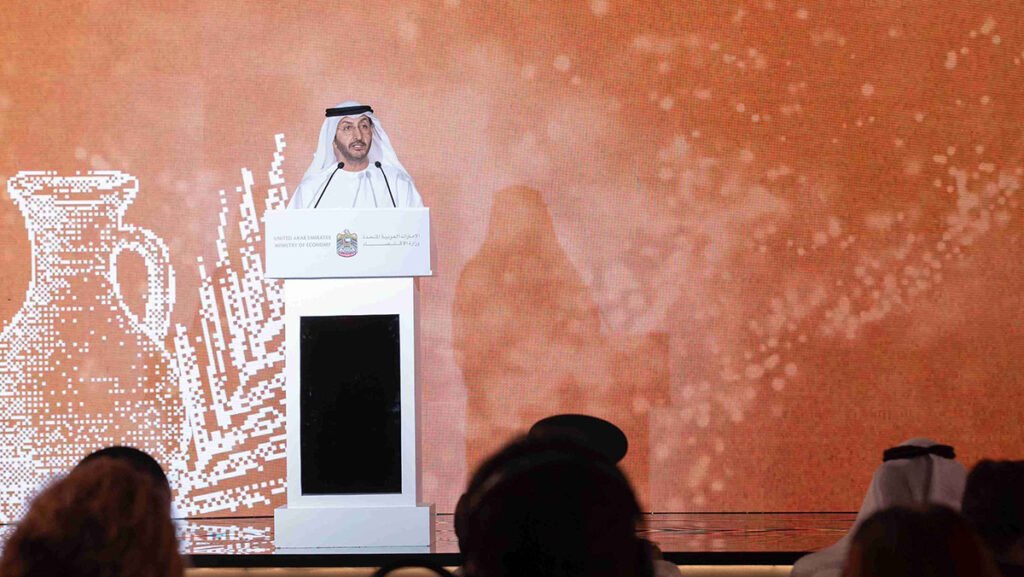In a major step to support traditional industries and homegrown products, the United Arab Emirates has officially launched its first-ever national geographic tag system. This move aims to recognize, protect, and promote products that are deeply tied to the cultural and geographical heritage of the country.
From handwoven textiles in Fujairah to specialty dates grown in Al Ain, many of the UAE’s traditional goods carry a strong identity that’s often overlooked in today’s globalized market. With the new geographic tag system, these products will now get the recognition and legal protection they deserve.
What Is the UAE Geographic Tag System?
The UAE Geographic Tag System is a legal framework that gives certain locally produced goods a protected status. This means that only products made in a specific region using traditional methods can carry the official tag.

Geographic tagging is not a new concept globally. Countries like France use it to protect Champagne, and India uses it for Basmati rice. By joining the ranks of countries that use this system, the UAE is now better equipped to promote its cultural heritage in global and local markets.
Key Features of the UAE Geographic Tag System:
- Products must originate from a specific area in the UAE.
- They must meet certain quality standards.
- Traditional techniques and cultural significance are taken into account.
- A regulatory authority will oversee and approve the tags.
Why This Matters: Protecting Heritage and Supporting the Economy
One of the biggest benefits of the UAE geographic tag system is that it helps preserve traditional industries that are at risk of disappearing. Whether it’s pottery made in Ras Al Khaimah or honey harvested from the Hajar Mountains, many of these crafts face challenges from mass production and cheaper imports.
The new tag gives these products a competitive edge. By labeling them as certified local treasures, consumers—both inside the UAE and abroad—will know they are buying something unique, authentic, and tied to Emirati history.
The system also supports local farmers, artisans, and small businesses. Once their products are tagged, they can often charge higher prices, attract more attention from tourists, and even export their goods more easily.
Who Will Benefit from the Tag?
Several sectors are expected to benefit right away from the geographic tag:
- Agriculture: Dates, honey, and herbal products native to specific emirates.
- Handicrafts: Items like palm frond weaving, traditional pottery, and textiles.
- Food Products: Local cheese, camel milk, and region-specific spices.
- Specialty Goods: Items with a strong link to UAE traditions and regions.
According to the Ministry of Economy, the first phase will identify and tag products that already have strong ties to certain communities and production techniques.
How Will the Tag Be Applied?
The process of applying the UAE geographic tag will involve several steps. First, producers must apply through a government portal. They will need to prove that their product originates from a specific area and meets the established quality standards. Then, the regulatory body will inspect and verify the application before granting the tag.
Each approved product will receive a unique emblem or certification stamp that can be placed on packaging or displayed in stores. This makes it easier for customers to identify genuine local products.
The authorities have promised a fair and transparent approval process, with technical support offered to small-scale producers who may not be familiar with certification procedures.
Global Recognition and Export Potential

Beyond national pride, the UAE geographic tag system also has the potential to open new doors in the global market. Products with geographic indications are often in high demand among tourists and international buyers who want authentic, high-quality goods.
For example, just as “Champagne” must come from a specific region in France to be sold under that name, the same will apply to UAE’s locally branded goods. This ensures quality control and offers stronger branding opportunities in international trade.
In future phases, the UAE government also plans to work with the World Intellectual Property Organization (WIPO) and other global trade bodies to register UAE-tagged products internationally.
Examples of Potential Geographic Tag Products
While the official list has not been released yet, experts believe the following items are likely candidates:
- Al Ain Dates: Known for their sweetness and rich cultural history.
- Dibba Honey: Harvested from bees that pollinate the Sidr tree in the mountains.
- Fujairah Clay Pottery: Handcrafted using traditional Emirati techniques.
- Ras Al Khaimah Sea Salt: Naturally produced from the coastline.
- Talli Embroidery: A hand-stitched textile art unique to Emirati women.
Each of these items reflects not only the geographic area but also the people, techniques, and stories passed down through generations.
A Boost for Tourism and Cultural Awareness
The new system could also be a game-changer for tourism. When tourists visit the UAE, they often look for souvenirs or gifts that represent the local culture. Now, thanks to the geographic tag, they will be able to buy items that are certified authentic and unique to the region they’re visiting.
Local museums, markets, and cultural centers can also use the tag to create new experiences around traditional crafts—such as pottery workshops, date tastings, or embroidery classes. This adds value not just to the product but to the overall cultural narrative.
Government Support and Next Steps

The UAE Ministry of Economy has been clear about its intentions: this is just the beginning. Over the next few years, the geographic tag system will be expanded to cover more products, train more producers, and even introduce school and university programs to educate the next generation on the importance of heritage goods.
Workshops, online resources, and financial grants will also be rolled out to help small businesses meet the tagging requirements and modernize their operations.
The Ministry is encouraging all eligible producers to apply and help build a stronger, more visible identity for local UAE products both at home and overseas.
Final Thoughts: More Than Just a Label
The launch of the UAE geographic tag system is more than just a bureaucratic change—it’s a cultural milestone. In a country that is often seen as futuristic and global, this system serves as a reminder of the deep-rooted traditions and craftsmanship that define Emirati identity.
By protecting these treasures now, the UAE ensures they will be preserved, appreciated, and enjoyed for generations to come.
Read More: Fairmont Announces Three New Saudi Arabia Hotel Openings in Major Cities













